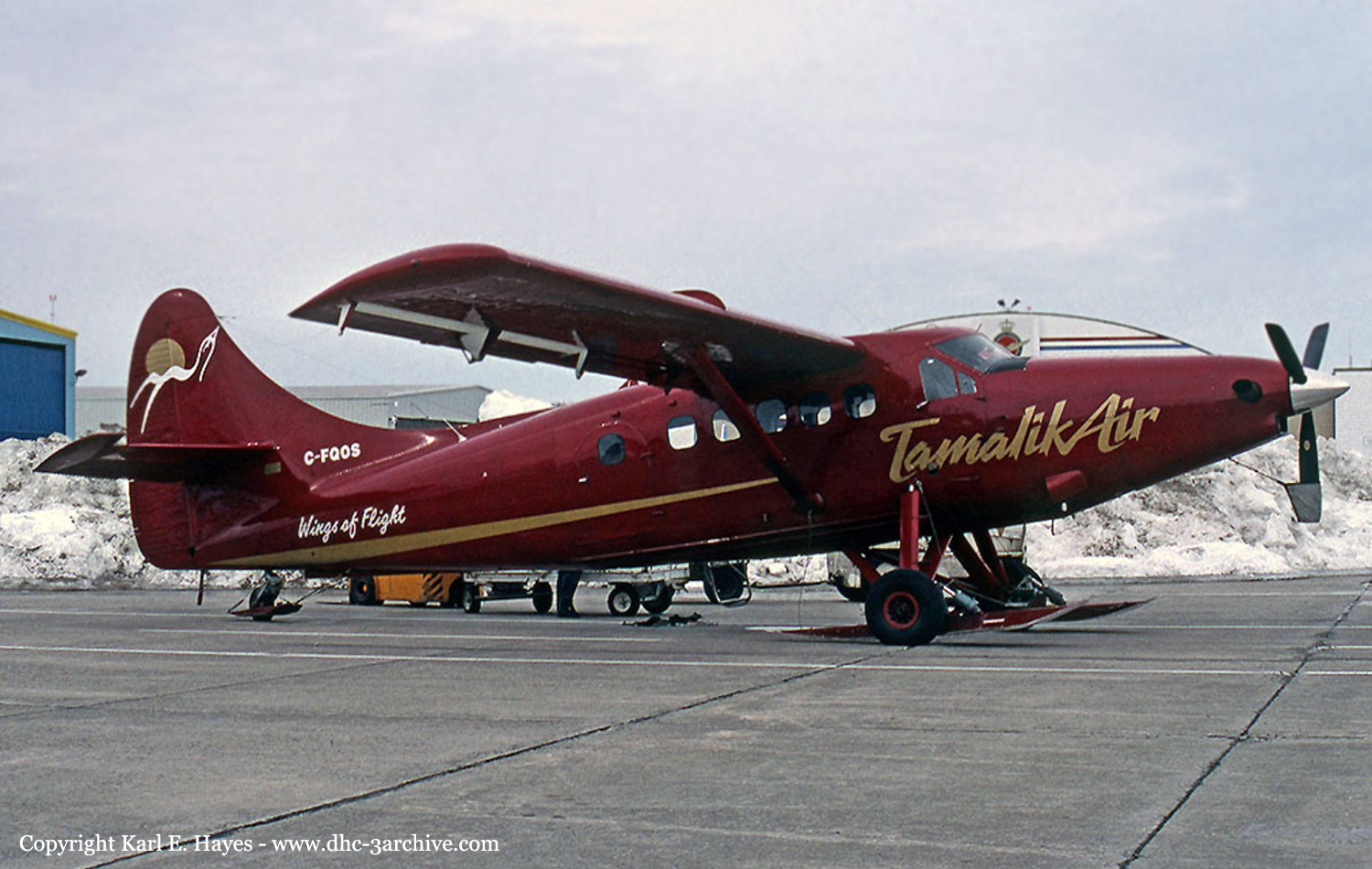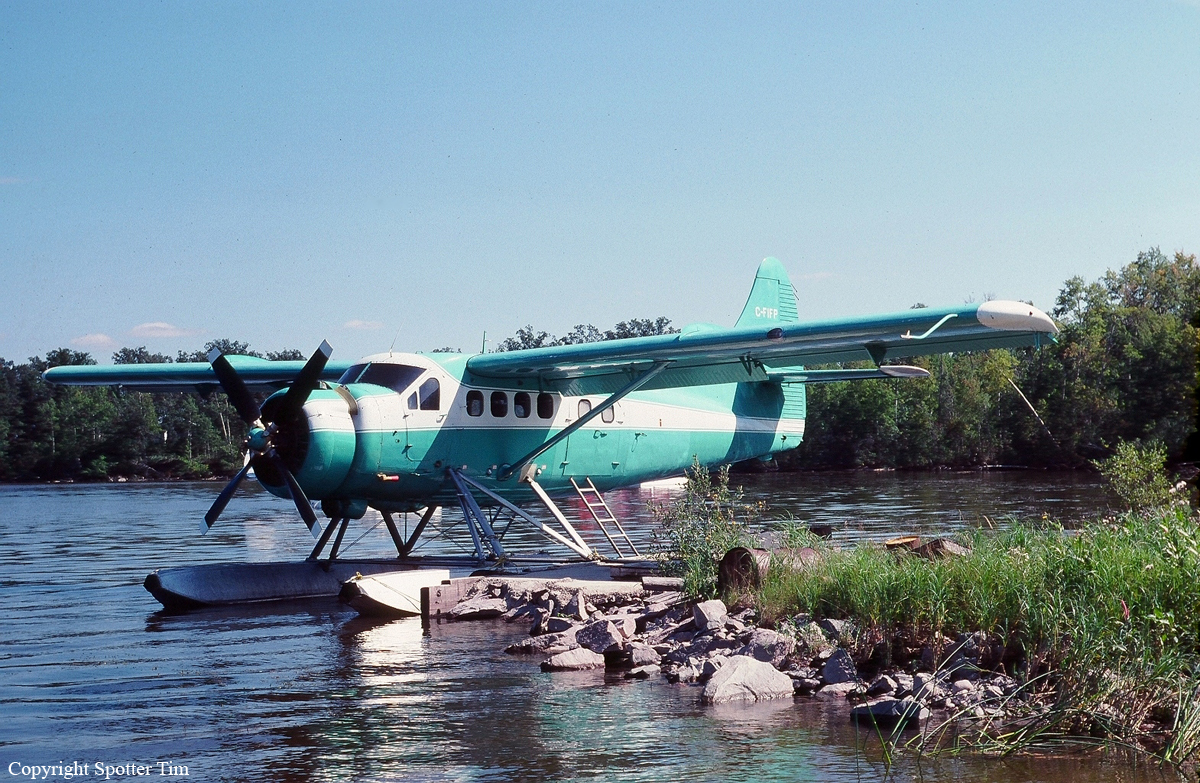Crash of a De Havilland DHC-3 Otter near Lake Cojibo
Date & Time:
Jun 30, 2002 at 0900 LT
Registration:
C-GUTQ
Survivors:
Yes
MSN:
402
YOM:
1960
Crew on board:
1
Crew fatalities:
Pax on board:
2
Pax fatalities:
Other fatalities:
Total fatalities:
0
Circumstances:
The single engine aircraft departed Lake Cojibo with two passengers, one pilot and a full load of freight, destined for a fishing camp. Weather conditions were good but the OAT was high. After takeoff, the aircraft encountered difficulties to maintain a proper rate of climb due to the high temperature and the weight it was carrying. The pilot entered a valley and while trying to gain height to clear rising terrain, the aircraft struck the top of a mountain and crashed, bursting into flames. All three occupants were injured and the aircraft was destroyed by fire.









